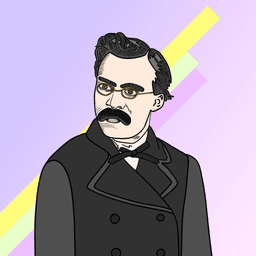German Conjunctions

German conjunctions are very important in the German language. They help us join words, phrases, and clauses.
In this article, we will learn about German conjunctions in clear and simple English. We will also see many examples and tips to help you improve your German grammar.
What Are Conjunctions?
Conjunctions are words that connect parts of a sentence. In German, conjunctions are used to join ideas. Some common German conjunctions are und, oder, and aber. When you use these words, your sentences become longer and more interesting. This article will explain the types and uses of German conjunctions with German conjunction examples that you can use in your practice.
Types of German Conjunctions
There are two main types of conjunctions in German:
Coordinating Conjunctions
Coordinating conjunctions join words, phrases, or independent clauses. They do not change the order of the sentence. Here are some common coordinating conjunctions in German:
- und (and)
- oder (or)
- aber (but)
- denn (because)
Using these words is simple. For example, you can say:
- "Ich lerne Deutsch und ich spreche es täglich."
- "Möchtest du Kaffee oder Tee?"
These are basic German conjunction examples. Coordinating conjunctions are easy to use because they do not change the word order.
Subordinating Conjunctions
Subordinating conjunctions connect a main clause with a subordinate clause. They change the word order in the sentence. Some common subordinating conjunctions in German are:
- weil (because)
- dass (that)
- wenn (if/when)
- obwohl (although)
For example:
- "Ich lerne Deutsch, weil ich in Deutschland arbeiten möchte."
- "Er sagt, dass er müde ist."
Notice that when you use a subordinating conjunction, the verb in the subordinate clause goes to the end. This is an important rule in German grammar.
How to Use German Conjunctions in Sentences
Using German conjunctions correctly makes your sentences more natural. Here are some tips:
- Practice sentence structure: Write simple sentences and join them with und, oder, or aber.
- Learn the rules: Remember that subordinating conjunctions like weil or dass move the verb to the end of the clause.
- Listen and repeat: Watch German videos or listen to German podcasts to hear how conjunctions are used in real conversations.
- Write often: Practice by writing short paragraphs that include different German conjunctions. This helps you get comfortable with the rules.
These tips will help you improve your German language skills and make your sentences clear and correct.
Examples of German Conjunctions in Use
Here are more examples to help you see how conjunctions work:
-
Coordinating Conjunction Example:
"Ich gehe in die Stadt, und ich kaufe ein Buch."
In this sentence, und connects two simple ideas. -
Subordinating Conjunction Example:
"Ich bleibe zu Hause, weil es regnet."
In this sentence, weil introduces a reason, and the verb goes to the end. -
Mixed Example:
"Sie lernt Deutsch, weil sie in Deutschland leben will, und sie übt jeden Tag."
This example shows both subordinating and coordinating conjunctions in one sentence.
Tips for Learning German Conjunctions
Learning German conjunctions can be fun if you follow these simple steps:
- Read German texts: Look for stories or articles with simple language. Try to spot conjunctions like und, aber, or weil.
- Make a list: Write down all the German conjunctions you learn. This list will be a useful tool when you write or speak.
- Practice with exercises: Many websites and books offer exercises on German conjunctions. Use these resources to test your knowledge.
- Speak with others: Join a language group or practice with friends. Speaking out loud helps you remember the rules of German grammar.
Conclusion
German conjunctions are key parts of the German language. They help you connect ideas and build better sentences. Remember the difference between coordinating and subordinating conjunctions. Practice with simple sentences, listen to native speakers, and review the rules often. With time and practice, you will use German conjunctions with ease.
Keep practicing, and enjoy your journey in learning German!




